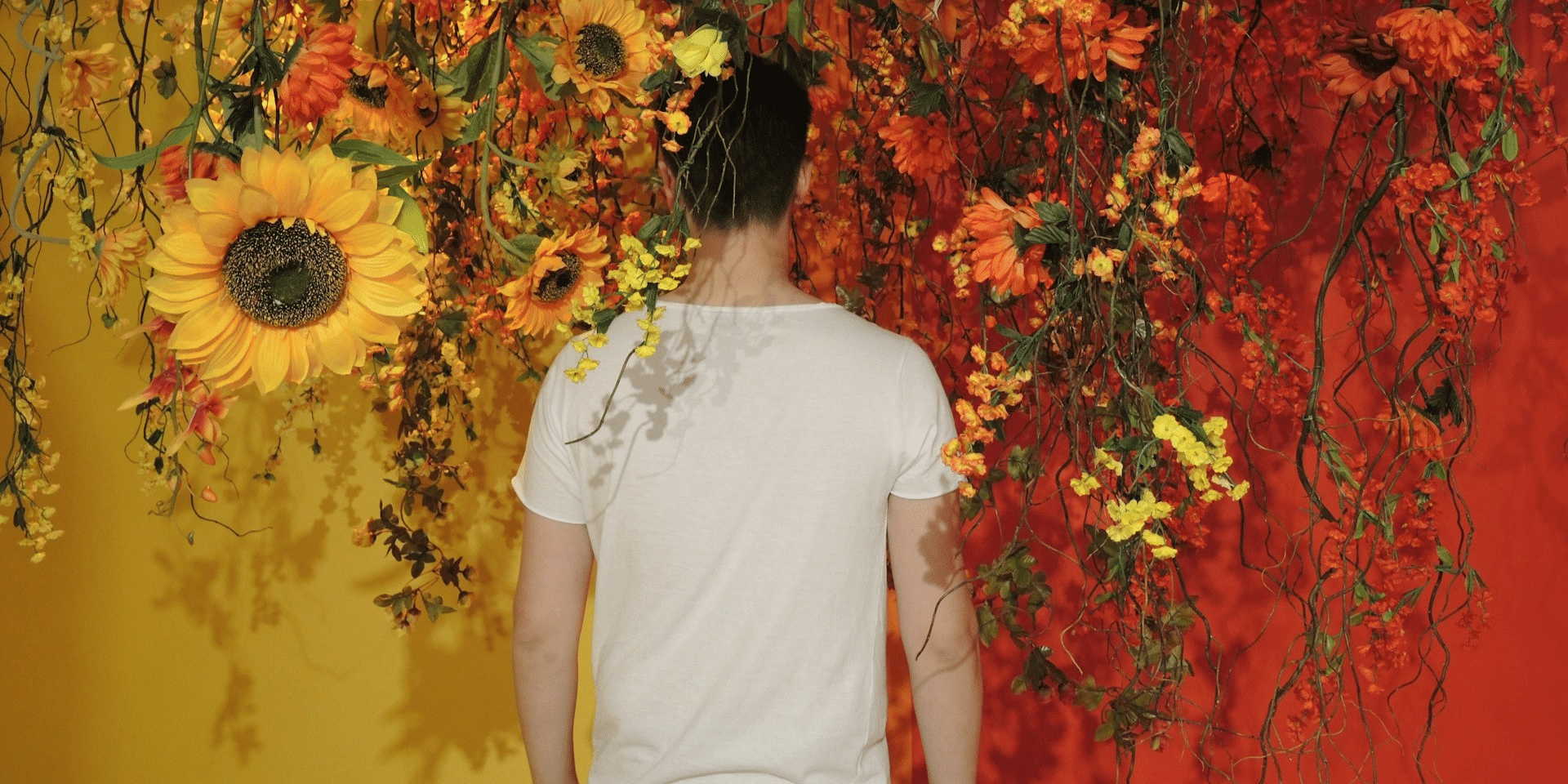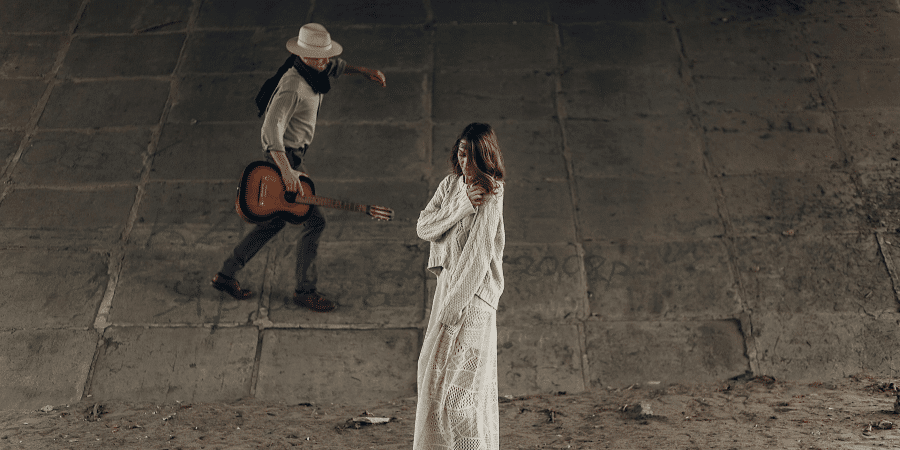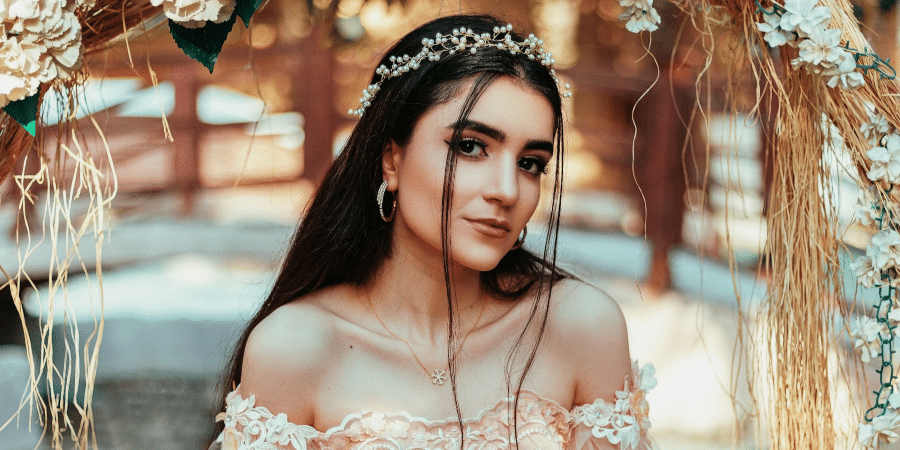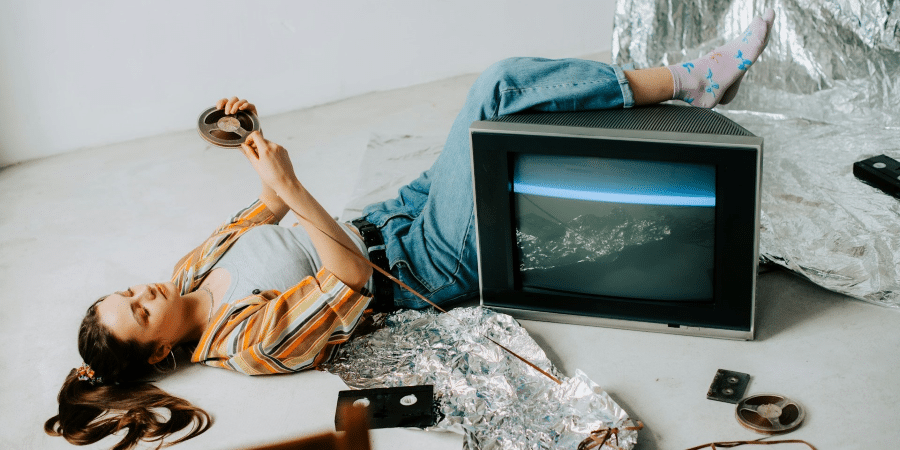The next time you watch a movie, take a close look at the floral arrangements. Sure, they might just be there to add a splash of color or a touch of elegance to the scene. But flowers can also be powerful storytelling devices, carrying hidden meanings and symbolism that can enrich your viewing experience.
From the vibrant red rose to the delicate white lily, each bloom has a story to tell. Let’s delve into the fascinating world of floral symbolism in film and explore how filmmakers use flowers to enhance their narratives.
A Rose by Any Other Name: Unveiling the Emotional Palette of Flowers
Flowers have been imbued with symbolic meaning for centuries. Victorians used a complex “language of flowers” to express emotions and convey hidden messages. Filmmakers have tapped into this rich history, using specific blooms to evoke certain feelings and foreshadow plot developments.
Red roses, for instance, are universally recognized as a symbol of passionate love. A single red rose placed on a lover’s doorstep might signify burning desire, while a bouquet of red roses could represent an all-encompassing love. In “American Beauty,” the iconic scene of Mena Suvari lying on a bed of red rose petals is a visual metaphor for the forbidden and ultimately destructive passion between her character and Kevin Spacey’s. The use of red roses here foreshadows the dark and tragic turn the film takes.
Beyond red roses, filmmakers have a whole floral palette at their disposal. White lilies often symbolize purity and innocence. In “The Virgin Suicides,” Sofia Coppola bathes the Lisbon sisters’ world in white lilies, highlighting their sheltered upbringing and tragic demise. Sunflowers, on the other hand, represent joy, warmth, and optimism. Think of the vibrant sunflower fields in “Kill Bill: Vol. 1,” a stark contrast to the violence that unfolds throughout the film.
Flowers can also be used to foreshadow character development. A character receiving a bouquet of yellow tulips, traditionally associated with new beginnings, might be on the cusp of a positive life change. Conversely, wilting flowers or decaying petals could hint at a character’s decline or a relationship on the rocks. By paying attention to the types of flowers used and their condition, viewers can gain deeper insights into the characters and the story’s direction.
However, the language of flowers in film isn’t always a straightforward one. Filmmakers can subvert expectations and use flowers ironically to create tension or surprise. For instance, a bouquet of lilies, typically associated with purity, might be placed in a scene depicting a crime or a betrayal. This unexpected use of flowers can leave viewers unsettled and questioning their assumptions about the characters or the plot.
Beyond Romance: Flowers as Social Commentary and Cultural Touchstones
Flowers aren’t just about love and emotions. Filmmakers can also use them to make subtle social or political statements. For instance, a scene featuring a character surrounded by exotic and expensive flowers might be a commentary on wealth and social status. Think of Jay Gatsby’s extravagant parties in “The Great Gatsby,” where lavish floral arrangements serve as a symbol of his ill-gotten wealth and his desperate attempt to impress Daisy Buchanan.
Conversely, a character tending to a small, carefully cultivated garden could symbolize resilience and hope in the face of adversity. In “Hidden Figures,” the victory gardens planted by the Black characters become a symbol of self-reliance and their determination to overcome racial barriers.
In films set in specific historical periods, the flowers used can be a subtle nod to the cultural context of the time. For example, tulips were a symbol of wealth and status in Dutch Golden Age paintings. A film set during this period might incorporate tulips prominently to transport viewers back in time and establish the social milieu. Similarly, the vibrant use of orchids in films set in tropical locations can evoke a sense of exoticism and escape.
Flowers can even be used to explore themes of cultural identity and heritage. A character receiving flowers specific to their cultural background could be a way to highlight their roots and connection to their heritage. In “Pan’s Labyrinth,” the appearance of the magical mandrake root becomes a symbol of Ofelia’s connection to the fantastical world she escapes into. Similarly, the vibrant use of marigolds in “Coco” becomes a powerful symbol of Mexican culture and the importance of honoring one’s ancestors.
So, the next time you settle in for a movie night, don’t just admire the beautiful floral arrangements on screen. Look a little closer and see if you can decipher the hidden messages they might be conveying. Flowers can be powerful storytelling tools, adding layers of meaning and enriching your overall viewing experience.
From passionate love to societal critique, these silent storytellers can bloom with symbolism, making your movie nights a more enriching and thought-provoking experience. After all, a keen eye for floral arrangements can transform you from a passive viewer into an active decoder of the film’s hidden language.
So, the next time you’re captivated by a scene featuring a blossoming cherry tree or a field of wildflowers swaying in the breeze, remember, it might be more than just a pretty picture. It could be a subtle clue, a character detail waiting to be unraveled, or a thematic thread woven into the narrative tapestry of the film. So, grab your popcorn, settle in, and prepare to appreciate the movies not just for their moving images and captivating stories, but also for the secret language that blooms within their floral arrangements.







